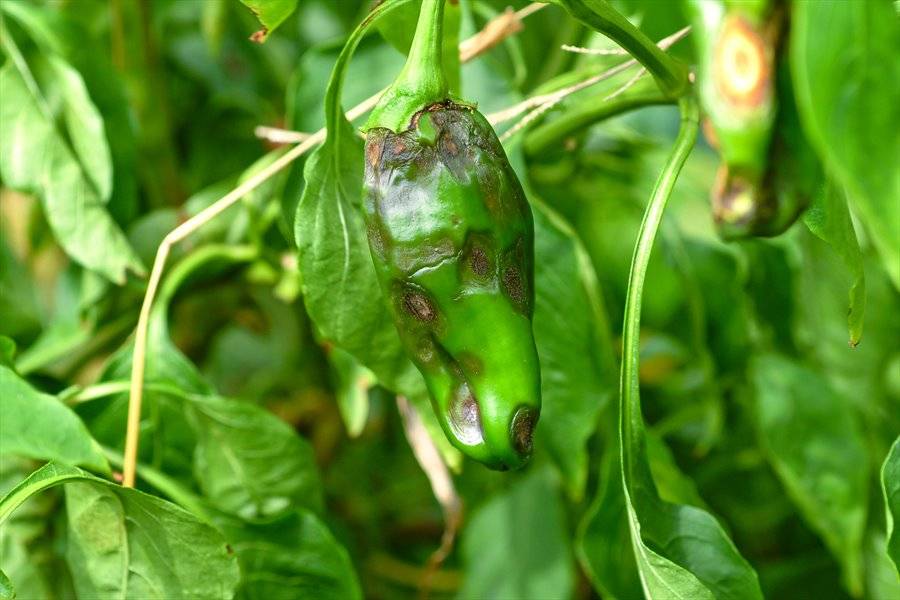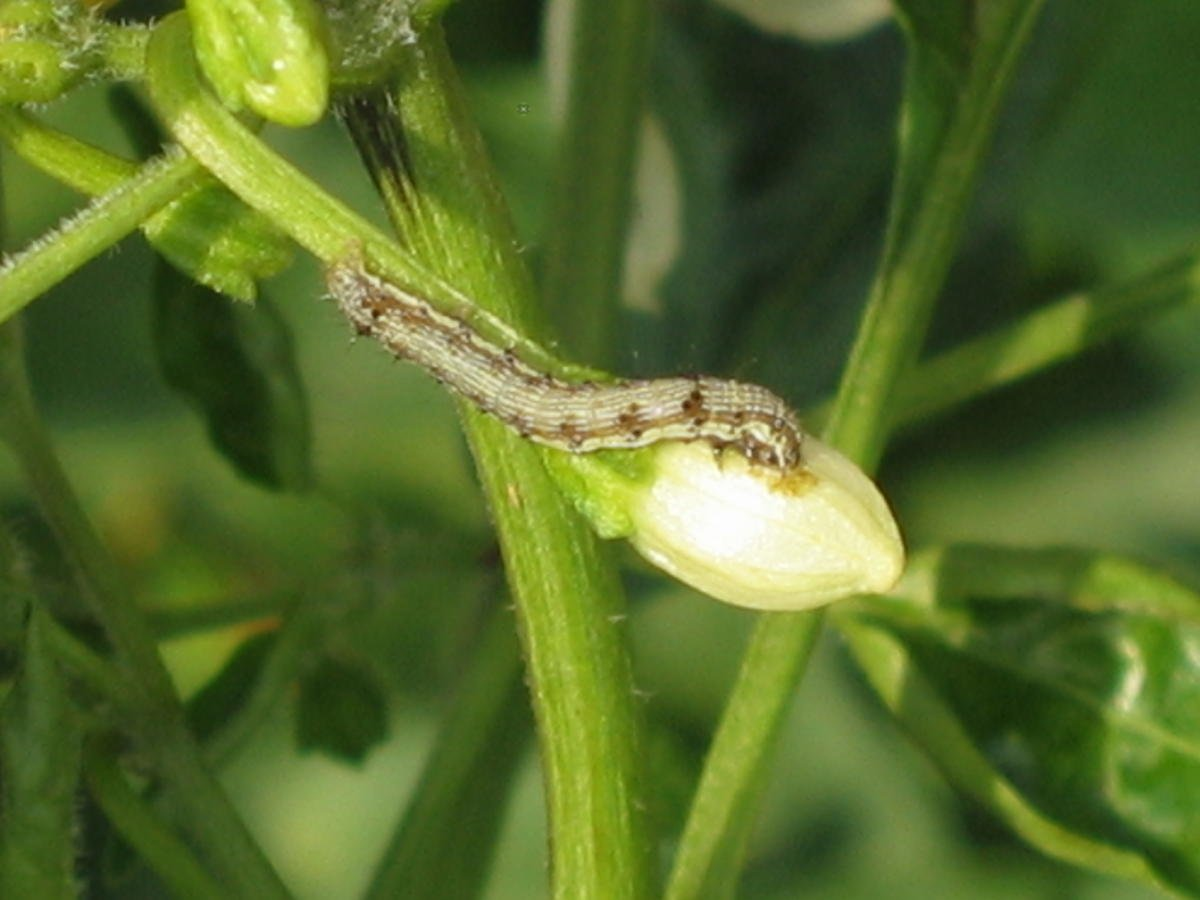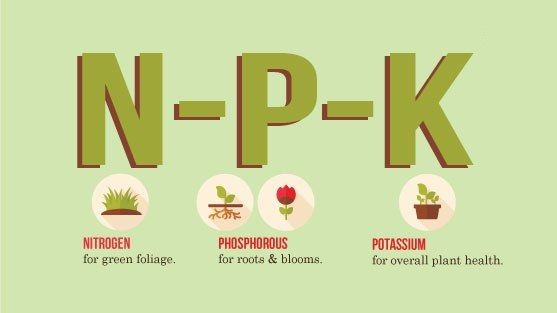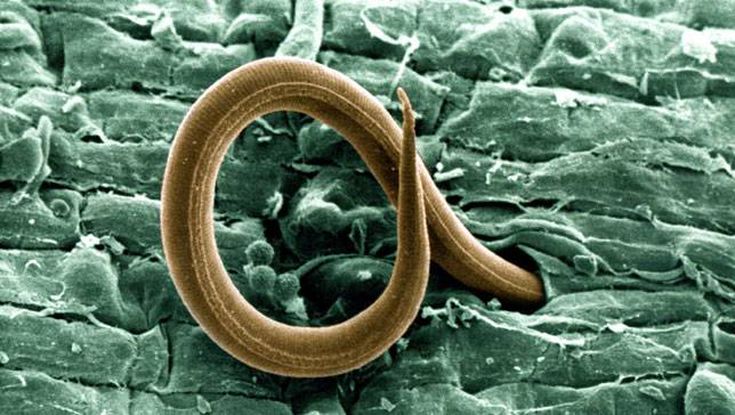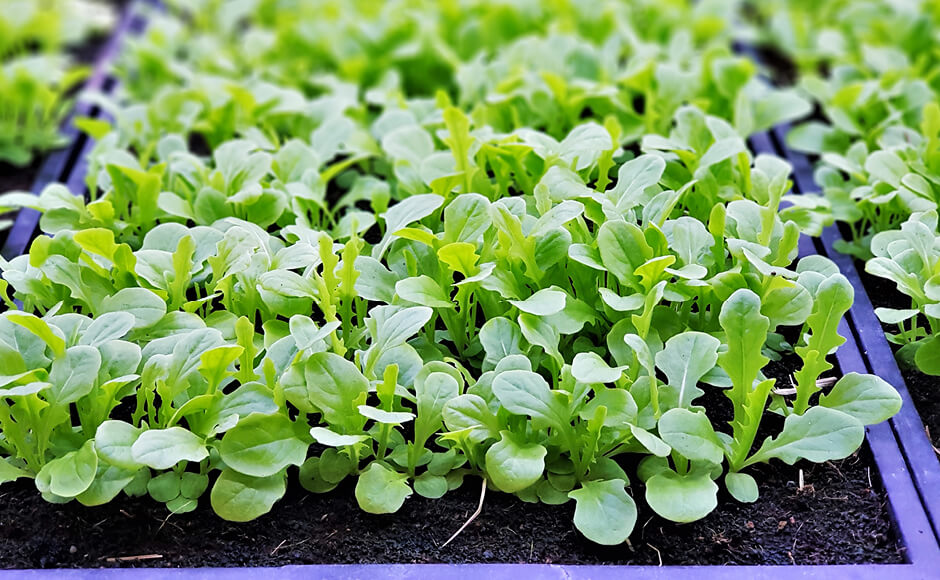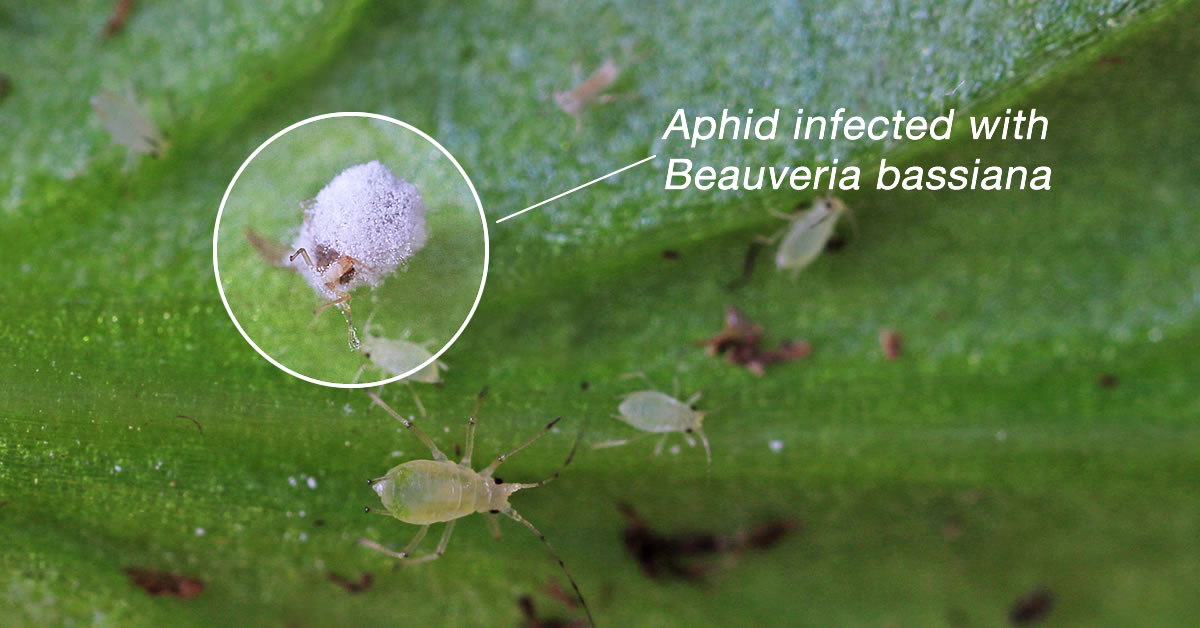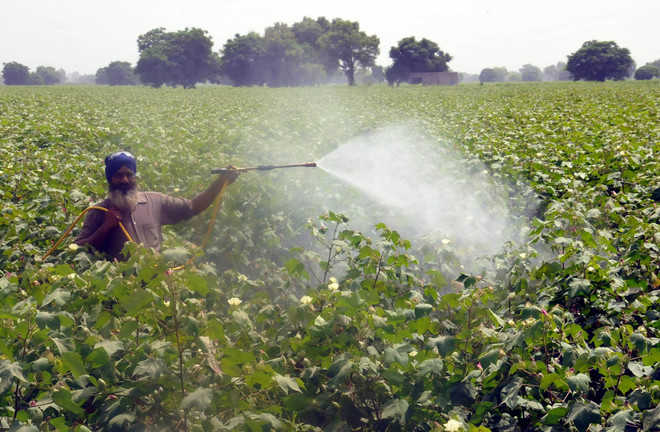- Symptoms of this disease appear on the leaf, stem, and fruit of the chilli crop.
- Small, circular spots appear on the chilli fruit, which later spread slowly and merge in one.
- Due to this fruits fall without ripening, causing a huge loss in yield.
- It is a fungal disease that first attacks the stalk of chilli fruit and then spreads over the entire plant.
- use TEBUCONAZOLE 25.9% EC @ 250 ml / acre or CAPTAN 70% + HEXACONAZOLE 5% WP @ 250 gram / acre or KITAZIN 48% EC @ 200 ml / acre
- As biological treatment TRICHODERMA VIRIDE @ 500 gram / acre or PSEUDOMONAS FLUORESCENS@ 250 gram / acre as a biological treatment
8.55 crore farmers got Rs 17,100 crore from PM Kisan Yojana
Prime Minister Narendra Modi has released the sixth installment of Rs 17,100 crore to more than 8.55 crore farmers under the Pradhan Mantri Kisan Samman Nidhi (PM-Kisan) scheme.
Releasing this huge amount to the farmers, PM Modi said, “The mission of a country, a mandi, which has been in operation for the past 7 years, is now being completed. Through the first e-NAM, technology A large system base was made. Now the farmer has been freed from the mandis and mandi tax by making laws. Now the farmer has many options.”
It is worth mentioning that under the PM Kisan Yojana, the sixth installment was going to come in the first week of August and at the fixed time this amount has also been sent to the accounts of the farmers.
Source: ABPLive
ShareManagement of fruit borer in chili
- A circular hole is found on the chilli fruit due to which fruits and flowers fall before maturing.
- This caterpillar feeds on the newly developed fruit of the chilli crop. When the fruit is ripe, the caterpillar eats the seeds. During this time, the caterpillar consumes the seeds by placing its head inside the fruit while the rest of the caterpillar ‘s body remains outside the fruit.
- EMAMECTIN BENZOATE 5% SG@ 100 gram /acre or FLUBENDIAMIDE 20% WG @ 100 Gram/acre or CHLORANTRANILIPROLE 18.5 % SC @ 60 ml/acre
- As a biological treatment use BEAUVERIA BASSIANA @ 250 Gram/acre.
Importance of biological NPK for crops
- The term “Biological NPK” stands for Nitrogen, Phosphorus, and Potash.
- These three main nutrients are very important for the good production of crops.
- Biological NPK improves nutrient availability in soil by improving soil structure
- Biological NPK plays a supporting role in photosynthesis in leaves.
- Converts insoluble phosphorus and potash present in soil into a soluble form
- Converts atmospheric nitrogen to a simple form.
- Plays an important role in grain filling and ripening in crops.
- Biological NPK acts as a crop reformer.
What is Nematode?
- Nematodes are like thin threads. Their body is long, cylindrical and the whole body is devoid of segments.
- It acts as a parasite for the crops, it either lives in soil or in plant tissues and damages the roots of the plant.
- Due to its infestation, the leaves turn yellow and the plant withers causing the fruits to not grow.
- The most important symptom of its infestation is that the roots of the plants clump together, not growing straight, and forming knots in the roots.
- Its infestation occurs on most of the crops.
- Biological treatment is the most effective way to control it.
Importance of amino acids in crops
- This product is a high-quality natural ingredient, it helps in increasing the activity of microorganisms in the soil.
- Helps improve the pH of the soil and provides a good start to the roots, allowing the root to develop fully, which leads to good crop production.
- It improves the soil structure which does not allow soil nutrient availability to decrease.
- Helps in absorption of nutrients from the soil by roots
- It is one of the most important micronutrients for plant growth.
- Amino acid promotes photosynthesis in plants.
How to control Helicoverpa armigera
- Helicoverpa armigera is a very harmful and polyphagous insect known as Fruits and Pod borer
- The infestation of this pest occurs in all crops. An infestation of Helicoverpa armigera (fruit and pod borer) has been seen mainly in soybean, gram, pea, cotton, pigeon pea, okra, tomato, and cabbage.
- In Helicoverpa armigera (fruit and pod borer) only caterpillars cause harm. The attack of this insect starts from the initial stage of the crop. This insect consumes the soft parts of the plant first and then the fruits and seeds.
- For the control of this pest, CHLORANTRANILIPROLE 18.5 % SC @ 60 ml / acre or LAMBDA CYHALOTHRIN 4.6% + CHOLRANTRANILIPROL 9.3%ZC @ 80 ml / acre or FLUBENDIAMIDE 20% WG @ 100 gram / acre EMAMECTIN BENZOATE 5% SG @ 100 gram / acre or NOVALURAN 5.25 %+ EMAMECTIN BENZOATE 0.9 SC @ 600 ml / acre.
- As a biological treatment use BEAUVERIA BASSIANA @ 250 gram /acre.
Importance of Beauveria bassiana in crops
- Beauveria Bassiana is a type of fungus which acts as a biological insecticide.
- It is used to control all types of pests in all crops.
- Beauveria Bassiana is used for the control of different types of Lepidoptera (such as gram pod borer, hairy caterpillar) sucking pest, aphid, Jassid , white fly, termite and Mites etc.
- It kills all the stages of insects like eggs, larvae, pupa, grubs and nymphs etc.
- Beauveria Bassiana can be used as a spray because it works by eliminating the sucking pests and caterpillars sticking on the crop leaves.
- It can also be used as soil treatment because it plays an important role in the control of soil borne insects present in the soil.
Stormy rain will occur in many states of the country, Meteorological Department alert issued
The country’s financial capital Mumbai has been witnessing heavy rains for the last few days, due to which the life of the city has been disturbed. According to the Meteorological Department, there is a monsoon flow in the Arabian Sea as well as a low pressure area in the southern areas of Madhya Pradesh. Due to these reasons, there is rain in these areas.
According to the Meteorological Department, this situation will remain for the next 2 days and heavy rains may occur in many states in the next 4 to 5 days. According to the Meteorological Department, light to moderate rains may occur over Gangetic West Bengal, coastal Odisha, Gujarat, Konkan Goa, coastal Karnataka, Kerala and parts of Andaman and Nicobar Islands during the next 24 hours. Apart from this, heavy rains may occur at one or two places between light to moderate monsoon showers in some parts of southeastern Rajasthan and Madhya Pradesh.
Source: Krishi Jagran
ShareSpray management in Cotton Crop in 60-80 days
- In cotton, a large variety of caterpillars and sucking pests attack.
- Along with these pests, some fungal and bacterial diseases also greatly affect the cotton crop.
- Caterpillar management: – PROFENOFOS 40 % + CYPERMETHRIN 4% EC @ 400 ml / acre or FENPROPATHRIN 10% EC @ 400 ml / acre or NOVALURAN 5.25 %+ EMAMECTIN BENZOATE 0.9 SC @ 600 ml / acre or MONOCROTOPHOS 36% SL@ 400 ml / acre or CHLORANTRANILIPROLE 18.5 % SC @ 60 ml / acre.
- Sucking pest management: – DIAFENTHIURON 50 % WP @ 250 gram / acre or PYRIPROXYFEN 10 % + BIFENTHRIN 10% EC @ 250 ml / acre or IMIDACLOPRID 17.8% SL @ 100 ml / acre
- As a biological treatment using BEAUVERIA BASSIANA@ 250 gram /acre.
- For disease management use HEXACONAZOLE 5% SC @ 300 ml / acre or THIOPHANATE METHYL 70% WP @ 300 gram / acre or KASUGAMYCIN 3% SL @ 400 ml / acre
- As a biological treatment Spray PSEUDOMONAS FLUORESCENS @ 250 gram / acre
- Nutrition Management: – For good growth in chilli crop, spray AMINO ACID @ 300 ml / acre + 00:52:34 @ 1kg / acre

